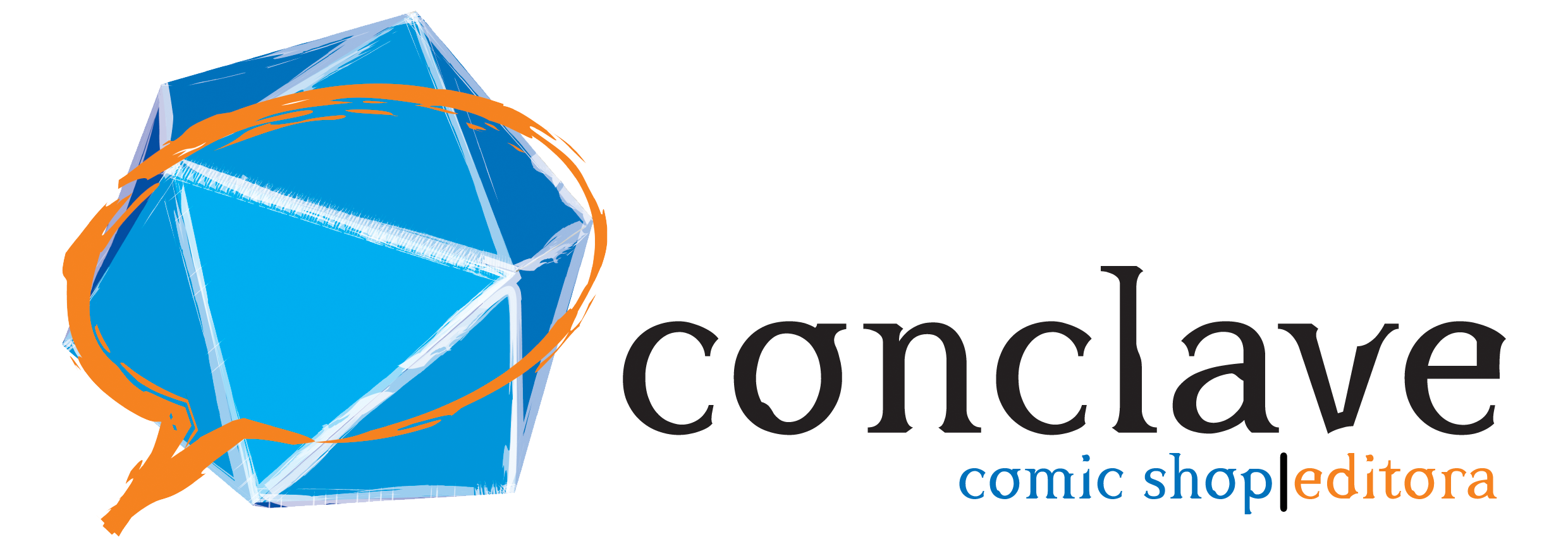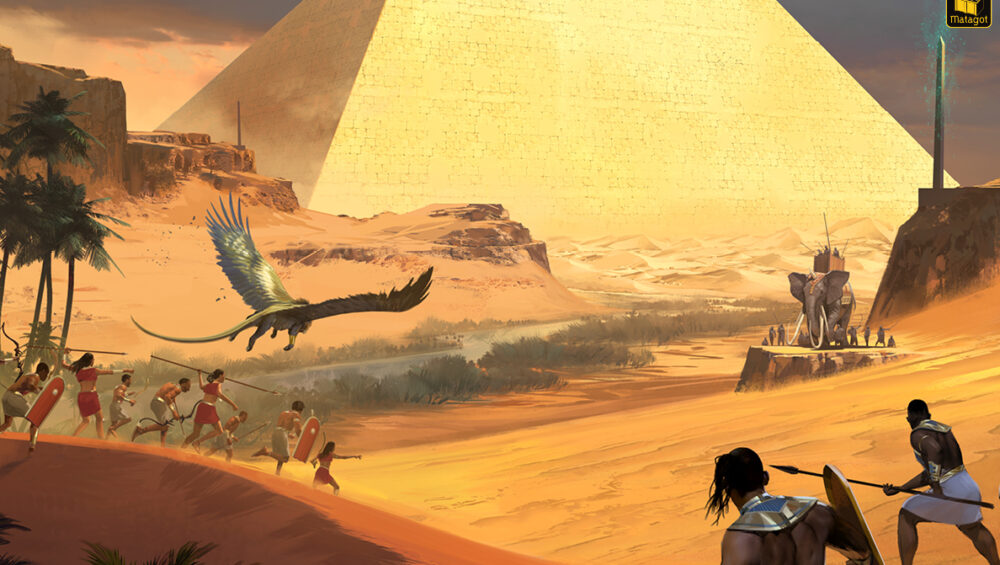We get a lot of questions about the differences between versions of Kemet. Here are some.
If you already know how to play Kemet, here's everything you need to know to play Kemet: Blood and Sand.
On the Board:

• The new board which is a generalization of the board of the 5 player board.
• The Nile Delta with the 5th Temple and the Sanctuary of All Gods are now present in all game settings.
• There are now two types of ports:
- Combat Ports (red) only allow you to leave the area towards the one it is linked to.
- Commercial Ports (blue) allow you to enter and leave the area you are bound to.
• By definition, each city is associated with a god and a specific color (which can change with extended goals achieved, which will allow you to redistribute the gods).
Components and setup:
• Set up has been simplified and there are now specific settings on the amount of chips to be used depending on the number of players.
• The base game already contains an additional color (Onyx) from the old Ta-Seti expansion
• Players start the game with a “free” purchase of a Tier 1 Token to speed up the start and encourage interaction from the first round.
• You will also notice some differences in the components, in addition to the aesthetic and ergonomic changes:
- Simplified Victory Points
- A common scorecard
- pyramids to assemble
- One game guide per player

During the match:
• A new game ending. The game is played at 9 Victory Points (VP) and ends as soon as a player has at least 9 VP (summing his temporary and permanent VPs) before he plays one of his Action tokens and if no other player has more VP than he.
• The Divine Intervention (ID) card stack has been simplified and each ID card is now associated with a single phase. It is no longer possible to play an ID card in combat, the cost of which cannot be paid.
• You have two additional Combat cards that are from the Ta-Seti expansion.
• Teleport is now limited during Movement. Regardless of the combination of ID cards or powers used, you can only teleport a troop during a Move action.
• After a Fight, participants can now receive Veteran tokens (formerly Ta-Seti Expansion and Dawn tokens. These tokens allow you to recover PP, Units or ID cards during the Night phase.
• There is now a new damage type: unstoppable damage. It is damage where defense has no effect. This balances out certain effects already present in the game and offers some options for the future.
• During combat in your city, a troop has the benefit of a Strength bonus of 1 to help it gain control of its Pyramid in the event of an opponent's invasion.
• The different stages and phases have been clarified and named for use in the Fact Sheets. Token powers are a little simpler, they've been slightly balanced and you'll find some new features. See the new game guides.
• A troop's limits (5 units and 1 creature) can be temporarily exceeded during an action, but must be respected at the end of each action.
• The ability to start combat in the Night phase has been removed.
• The boxes are now areas with clearer definitions of Token usage, but the bottom is almost the same.







1 thought on “Differences in Kemet: Blood and Sand”
Hello, I have both versions and the first version has all the exp and I would like to know if the Seth and C3K exp also work for Blood and Sand?